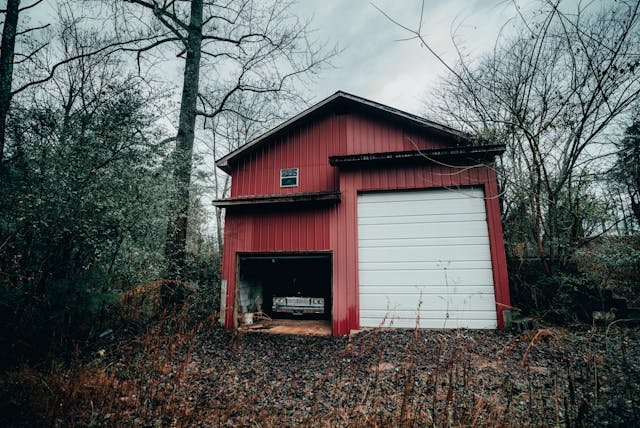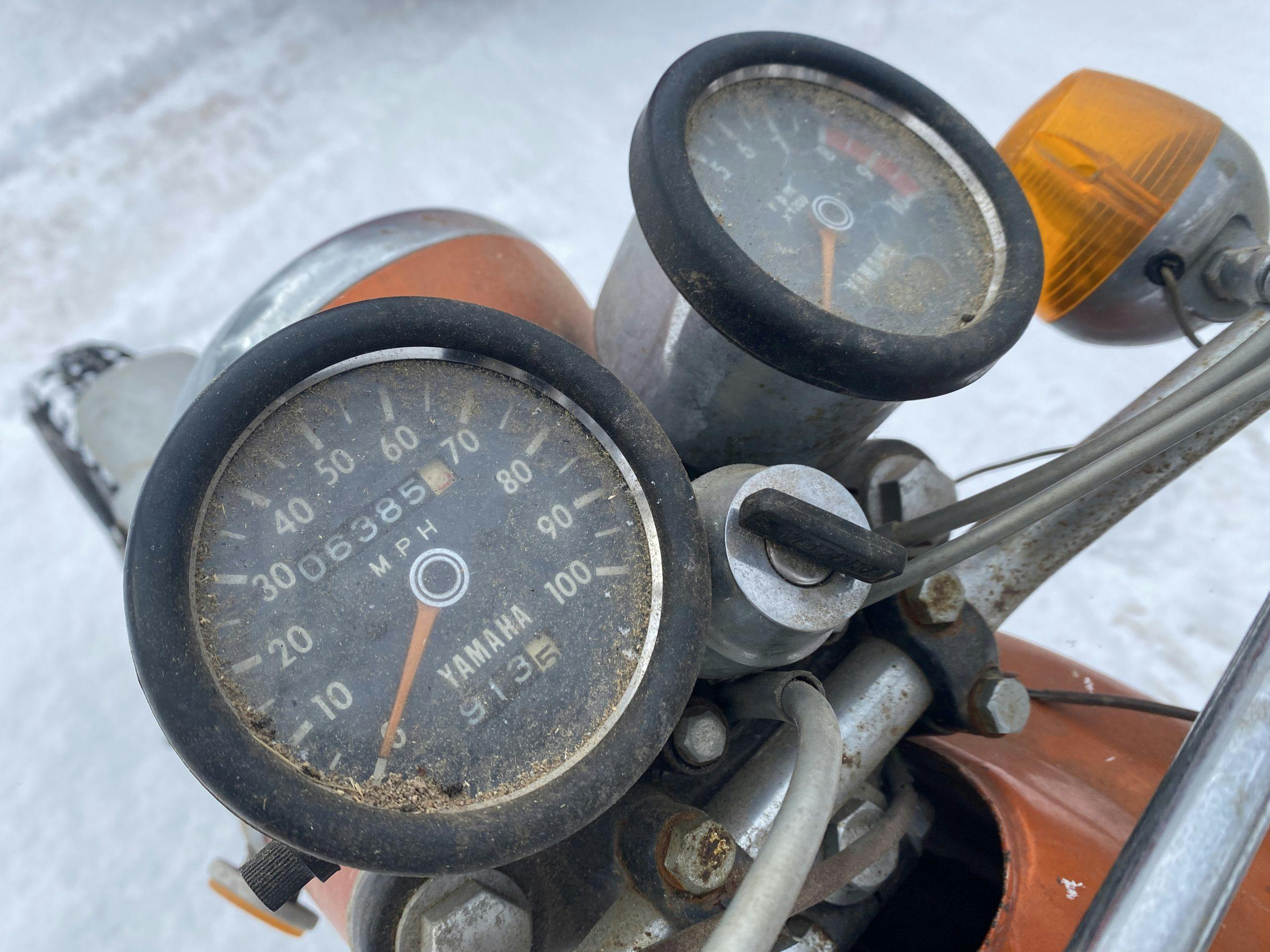6 essential tips for buying a barn find
Unless you’ve been living under a project car on jackstands for the last 15 years, you should be familiar with the barn find phenomenon. The stories are charming, and for many difficult to resist. The long-forgotten car or motorcycle! The project that spiraled out of control! The owner who died and whose relatives just part with their car!
These dusty relics appear everywhere from the big auctions to your local Penny Saver classifieds. We’ve certainly done our share of spreading the gospel about barn finds, and maybe you might want in on the hype. Forge on, by all means, but do so carefully and with information. Before you fall too deeply in love with the romance of automotive rescue and start writing your withdrawal slip for cold hard cash, brush up on these six critical pointers.
Ask yourself: Does the story add up?
The oral history of a car or motorcycle is easily misremembered, twisted, or, uh, selectively presented. Be sure to take a moment to at least ask a few questions about the why and how a car got put away for so long. Getting as much information as you can about who did what and when is critical background that will paint a picture of what you’d be getting into. If things don’t add up, it might be a red flag. Some sellers, of course, don’t have much knowledge of a vehicle for a variety of reasons; that alone isn’t a reason to walk away, but a skeptical approach goes a long way in protecting yourself.
Bring a friend

Shine some light

Do your research (and ask questions)

A lot of model-specific clubs have pre-written inspection checklists that can be easily downlaoded to a phone or printed out. (You did join the club or forum for the car you are looking at, right?) Those members are the perfect starting point to field questions and fact check. Bonus points if you convince a club member to play the role of Honest, Skeptical Friend. Write down option codes or inspection points on a cheat sheet for yourself, so you can make notes and reference them when it comes to time to make the decision. Or negotiate, naturally.
Leave no stone unturned
It’s very easy to look under the hood and say “yep, everything is there” when in fact it’s a mess. While it’s more than likely a lot of mechanical parts are going to come apart for service anyway, you can glean a lot just by looking at hardware. Is some of it missing? Mangled? Mismatched? Any of this can point to what kind of work might be hiding out of sight. The previous mechanic who worked on that car didn’t care to use the proper hardware to hold down the intake manifold? Might tell you the engine is going to need some extra attention.
Be realistic with yourself

For me, this idea for this list of advice stems from my recent adventure to pick up a Yamaha AT125 that fell into the “barn find” category. Next week I’ll be diving into where to start with a new-to-you barn find bike to get it running again.










Love the show, YouTube or not. Today for reasons I got a walk around of a neighbors property where I saw a 1965 800 Ford tractor and under a tarp next to. I asked what is that. He replied I think a 1990 mustang. I unveiled the nose an saw as I thought a 1969, opened the hood a v8 4bbl. Lifted the rear tarp to see more. It’s a 1968 Mustang. With out looking closer I’m not sure of the cars model. I was told there is also a covered 69 chevelle. I’m going back to look for more information. Is there any things of significance I should look for? Or is this the wrong place to inquire?